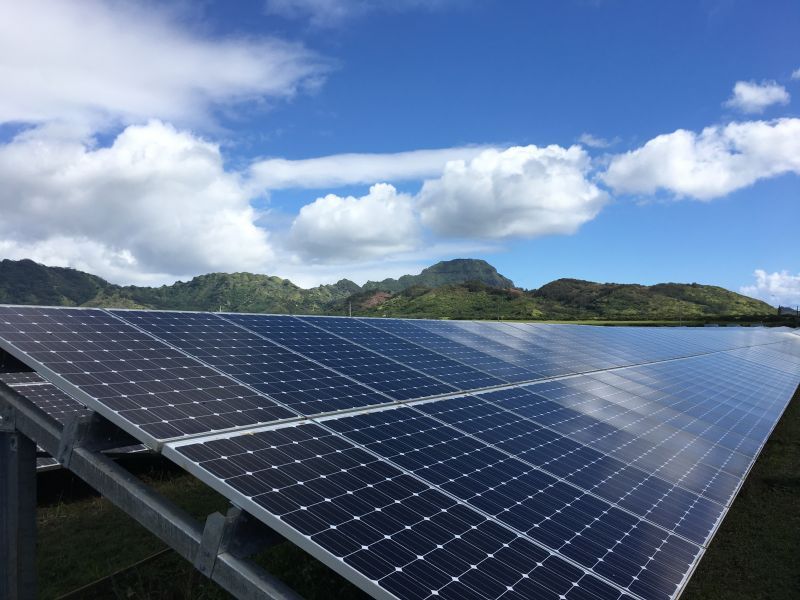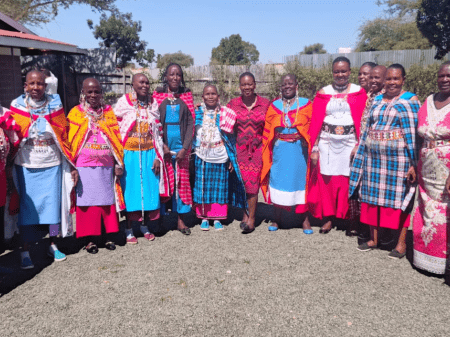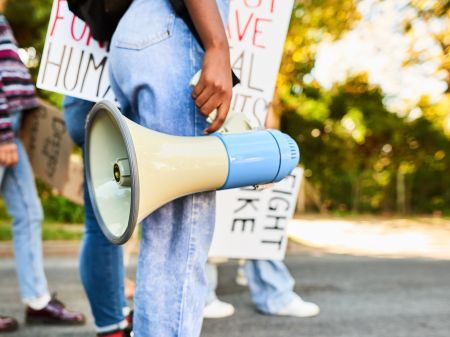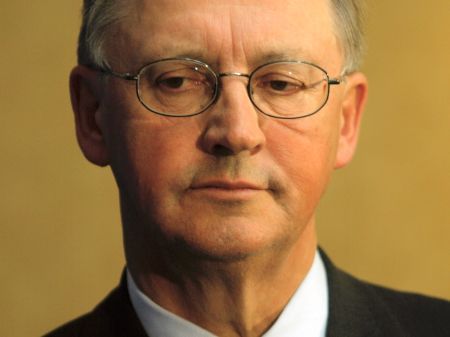
In Kauai, one of the islands of Hawaii, 56% of fuel needs are met with renewables.
Known as the Garden Isle for its beautiful tropical rainforest, the island is home to the Kaua’i Island Electric Cooperative (KIUC), which serves 33,000 electric accounts.
Kauaʻi Electric became a cooperative in 2002 after being bought out from Citizens Utilities by a group of local business people. Shortly after being acquired by the local community, the newly formed cooperative embarked on a journey to 100% renewable power using biomass, hydropower and solar sources.
“There were other entities interested in buying Kauaʻi Electric, but this group persevered and KIUC was formed,” said communications manager Beth Tokioka. “At the time, Kauai’s electric rates were among the highest in the nation. It took a decade or so, but with sound financial management and local control of the cooperative, KIUC’s finances are very strong and rates have stabilised significantly. We haven’t had a rate increase since 2009.”
Prior to this, KIUC's power had come from power plants using imported fossil fuels, which was less efficient and more expensive than mainland power sources available to most electric cooperatives in the USA.
In 2008 the cooperative’s Board of Directors launched a strategic goal to meet 50% of its overall demand with renewable energy by 2023. By 2019 it had already achieved a 56% renewable generation. “If all projects currently in construction or development are realised, we will easily meet that goal, perhaps five years early,” said Ms Tokioka. Since then, the strategic goal has been revised to achieve 70% renewable by 2030.
In April 2020 the cooperative was able to achieve 67% renewable generation. “This was partially due to the Covid-19 crisis, as loads have shifted slightly from evening to daytime, where we have ample sunlight to run the grid on 100% renewables for five hours or more on most days,” she adds.
The commitment falls in line with that of the state of Hawai'I, which has set itself the objective of achieving 100% renewable energy generation by 2045.
The increase in the share of renewables has also affected prices. Aside from the current situation where oil prices are unusually low, the new renewables deployed are generally significantly lower-priced than diesel, said Ms Tokioka.
Its solar storage facility – AES Lawai – marked a full year of production in 2019. The electricity was delivered to the coop at a price of 11 cents per kwh, which was 30% lower than the average cost of diesel in 2018 and 2019.
Back in 2003 Kauai’s electric rates were among the highest in the nation. The increase in renewables has enabled the cooperative to achieve rate stability over the past five years.
“It took a decade or so, but with sound financial management and local control of the cooperative, KIUC’s finances are very strong and rates have stabilised significantly. We haven’t had a rate increase since 2009,” said Ms Tokioka.
The cooperative is working on another renewable project located on US Department of Defense property at the Pacific Missile Range Facility. This is a 14-megawatt solar facility with 5 hours battery storage.
“We expect it to come on line in the fall. AES Corp will own the solar facility and sell the power to KIUC. The plant will have the capability of being ‘islanded,’ so that if necessary it can exclusively power the Pacific Missile Range Facility. This is important to DOD to ensure seamless operation of the base,” added Ms Tokioka.
As it continues to work towards its strategic target of 70% renewable generation by 2030, the cooperative continues to show how a clean energy transition can benefit local communities.




